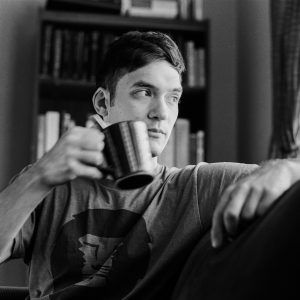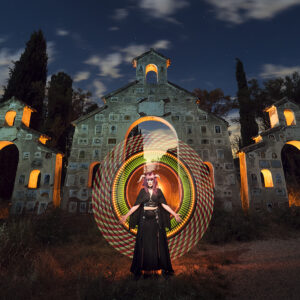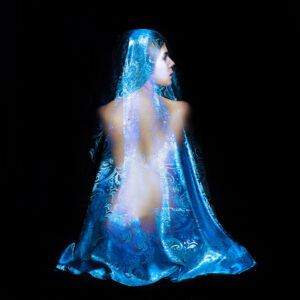Pascal Martiné is a stereo photographer, antique collector and restorer from Mainz, Germany.
Also he is the founder of Stereosite – a website where you can find stereo photos and articles about viewers, personal collections, theory, historical background etc.
If you found our article rather interesting and tired of waiting for the moment when we will publish articles with the theory of stereo photography (and we are going to do it) – you can visit Stereosite now (after reading this interview, of course) and find a lot of information there.
More about Pascal Martiné could be found here.
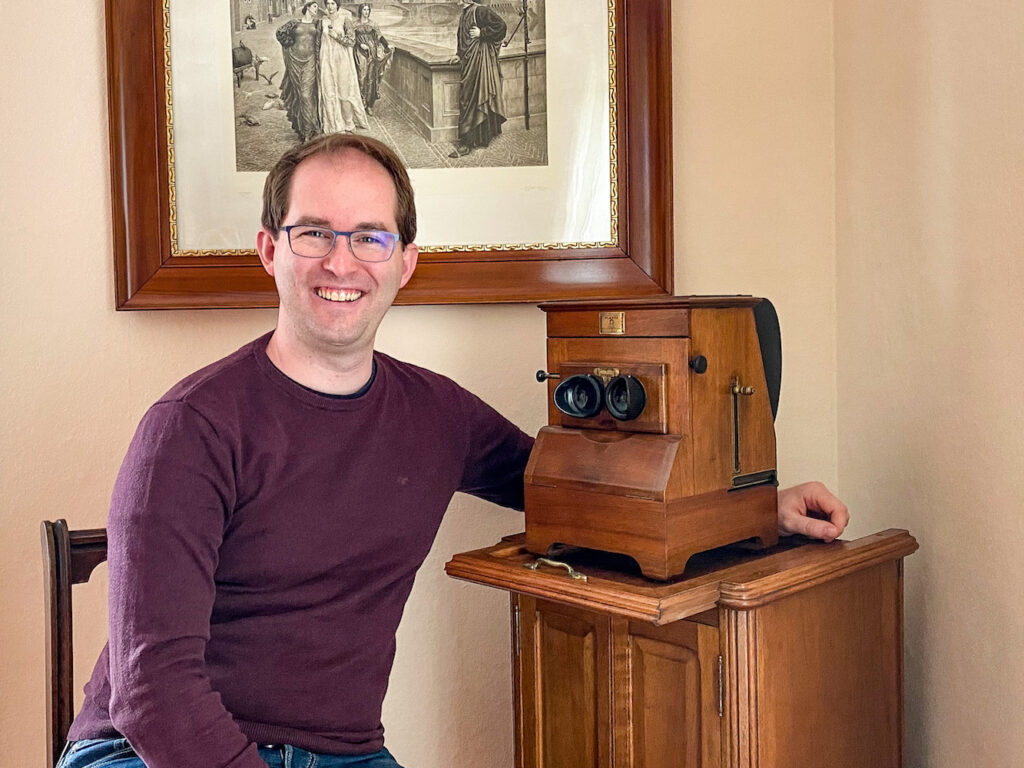
How did you get started with stereo photography?
Like many of us, I had looked through a View-Master as a child, and also owned a book about animals in 3D. But I had not realized that there was a connection between the two, nor expected that there could be more.
After collecting different things like old books or phonographs, I began collecting old photography. During that time, I spotted a vintage stereo viewer in an antique market. Even though I did not buy it, this was the reason for further research. Soon I discovered that stereoscopy was as old as photography itself. That’s how it started.
There are several ways to get stereo images. Which of them do you use, and what equipment do you have?
Most of the time I use my smartphone and shoot sequential stereos. While you can’t catch moving objects, this allows you to combine and edit photos right on the device that’s always within reach. If I plan to take stereo photos, or know that there might be an opportunity, I prefer using my stereo rig to take simultaneous pictures with two synchronized cameras. The two images are always perfectly parallel shifted and best of all I can take photos of moving scenes.
Could our readers synchronize any type of cameras, or is it better to buy a prepared stereo rig? How did you get your rig? What cameras are synchronized in your device?
Unfortunately, there is no prepared rig on the market. There are a few ready to use stereo cameras, but their drawback is the fixed distance of the two lenses. This kind of limits the situations where you can achieve a satisfying depth effect.
If you build your own stereo rig you have to pay attention that your cameras support a remote shutter control. I recommend a wired control because the synchronization works more accurately. As long as you don’t plan to do large screen projections you won’t need the newest camera. There is also the question of price, as you will need two identical cameras. I use two Canon gx1, first model. I’ve bought them second hand, so my rig cost me less than 500€ in the end.
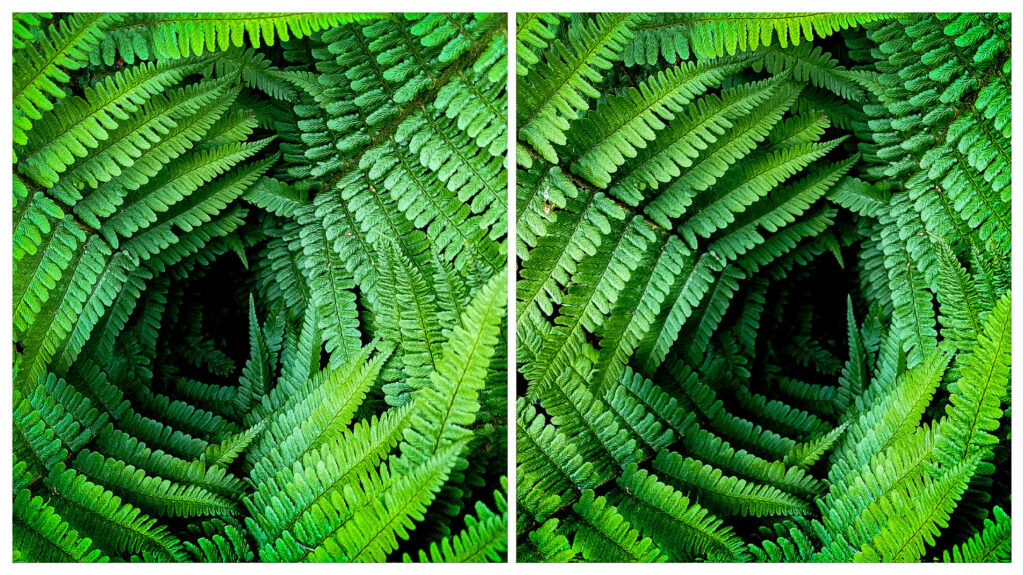
You say that the alignment is always perfect. As I know the stereo base depends on the focal length. Do you use fixed-focus lenses? Or, maybe, there is an opportunity to adjust the base?
In most cases I just use the auto focus feature of my cameras. Even if I shoot with my smartphone using the ‘cha cha’ method, light and focus does not change that quickly. So, you can say that the only limitation is the movement. That’s why it’s all a matter of synchronization.
There are theoretical rules for calculating the right distance between the two lenses for each focal length. Honestly, I’ve never done this. In the end the depth effect depends also on the viewing method, so I can’t control the exact amount of depth in my pictures anyway. What I’m doing is adjusting the distance intuitively. If I shoot a picture of something within the reach of my arms, I put the cameras as close together as possible. If I’m shooting in settings like a normal room I use medium distance and if I want to take photos of something further away like on a market place I use maximum distance. For landscape hyper stereo photos I have to unmount one camera from the rig to get an even wider distance.
Why parallel view? Why not cross-eyed or anaglyph?
I prefer parallel to cross because you can use a viewer. That way, I can share the viewing experience with those people who are not able to free view. Anaglyphs are great because you have less limitations in size, but colors are not satisfying, and for me personally wearing the anaglyph glasses exhausts my eyes after a while.

Do you have any favorite tricks?
If I take sequential stereos, I usually take more than two photos in a sequence. That way, I can choose the pair that has the best baseline (distance between the two images) and depth afterwards.
When it comes to combining, I think the most important thing is to pay attention to the stereo window. In my opinion, it’s as essential as the distance between the two shots, because the stereo window is actually another layer of depth.
As I know you are also a collector of stereoscopic antiques. What was the first: photography or collecting?
Collecting. Honestly, I did not realize that there is an active stereo photography community while I was already taking my own stereo photos.
I guess there are some stereo photographers who inspire you. And maybe not only stereo. Could you tell their names?
This is a difficult question. Since I’ve started to take my own photos I’ve made friends with many other photographers, and all of them have surely an influence on me. I think meeting Thomas Asch from Switzerland during the ISU congress 2019 in Lübeck was essential. His photos are amongst my favorites, and were also an example of what is possible when I had just begun. In Lübeck he showed me his equipment, and gave me a lot of advice. Last but not least, Thomas is also a collector like me, and that’s another reason why we are in lively contact.
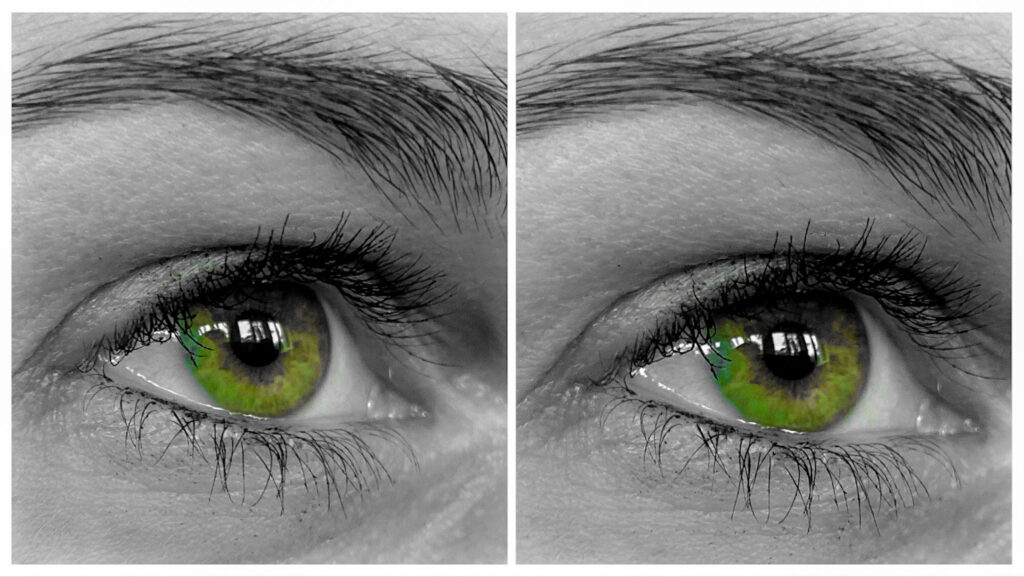
Let’s talk about stereosite.com
How did the idea for the site come to you?
During the first lockdown in 2020 I intensified the exchange with other collectors and photographers. This showed me that there are many people out there with specific knowledge, amazing photos, or collector’s items. Most of them are also excited to exchange information about their passion. But there are only very few sources online. Most of them either belong to local clubs focused on their activities, or are hosted by single photographers, or collectors, and are therefore rather a personal reference than a common source. Therefore, most of that individual knowledge, most of the individual treasures, are not accessible online or are too scattered and difficult to find.
What is the mission of this site?
I want to create a place where everyone who is passionate or curious about stereoscopy can either share knowledge, experiences and photos, or can inform about the broad variety of stereoscopy. Meanwhile the Stereosite is also the home of the Virtual Stereoscopic Community to announce their online meetings. My dream is that one day Stereosite is a common source for stereoscopy, and an opportunity to get in contact with others for help or exchange.
How many people write articles for Stereosite?
So far, approximately 35 authors have contributed articles or galleries. Eight persons are permanently involved in editorial support, publishing content, organizing, etc. As I said before, I want to feature individual knowledge, photos or collector’s items. That’s why there is no fixed number of authors. Some may write multiple articles, some will appear only once. Whenever I meet someone new, I ask for an article or a gallery. Luckily, I also get suggestions from others that I might have missed otherwise.
What type of user content do you like most of all?
I’m glad to say that I like all of the content. From a collector’s view I surely prefer content that coincides with my collecting focus, as a photographer I love the galleries – but as a webmaster I’m a little proud of the variety.
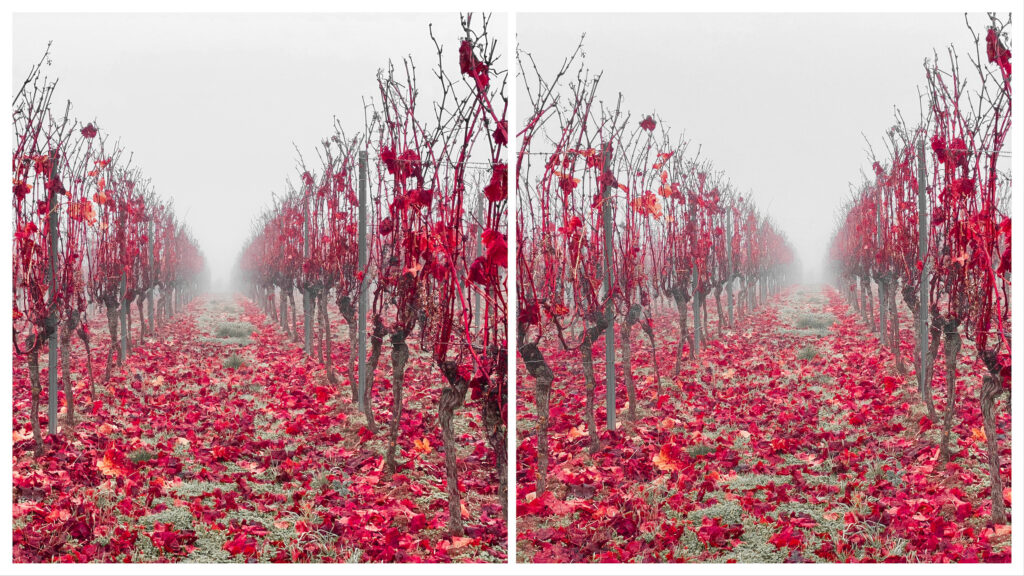
Is stereo photography your main job?
No, it’s just an extensive hobby. I work as a teacher for maths, music and Information Technology.
Do you feel the influence of your main job on your “extensive hobby”? If yes, what kind of influence is it?
Probably, yes. The Stereosite has the aim to make knowledge accessible for others and to share experiences. I think that’s actually pretty similar to what happens in school. But of course, there is no fixed amount of what you have to learn, and there are no exams. But we have a few people organized as a Support Panel where beginners can send their questions or photos to, and get individual help and feedback.
What are you going to do in the nearest future?
Concerning stereoscopy? Well, I have a long list of things like restoration, maintenance of the Stereosite, organizing my collection – so I pick up what suits my mood. Right now, I’m writing on an article about the French stereo viewer Le Taxiphote for the next VSC meeting.
